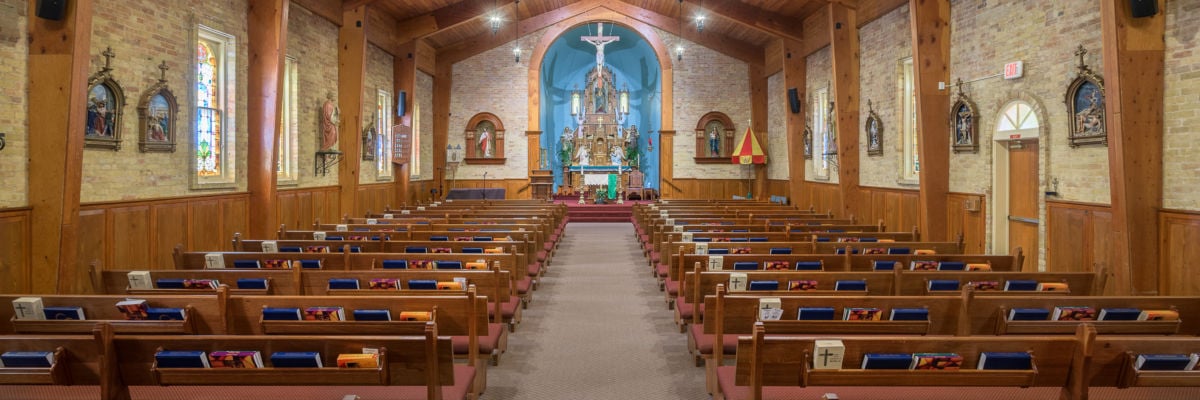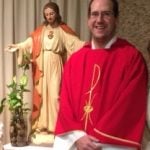
Question:
Answer:
The sanctuary is the location of the altar in all churches and of the tabernacle in most. As such, it is considered sacred space and cannot be used in the manner of a simple public space.
The Code of Canon Law states:
In a sacred place only those things are to be permitted which serve to exercise or promote worship, piety and religion. Anything out of harmony with the holiness the place is forbidden. The ordinary may, however, for individual cases, permit other uses, provided they are not contrary to the sacred character of the place (can. 1210).
Practical considerations in many parishes, unfortunately, leave the sanctuary space as the only space large enough for certain events. But these events must be reasonably religious in nature. For example, a parish school choir Christmas concert is reasonably religious. On the other hand, the parish school’s talent show most likely is not.
Even when the use of the sacred space is permissible, that doesn’t mean anything goes. The altar and the space immediately around it need to be respected. Nothing should be placed upon the altar as if it were a mere table or display location. The Eucharist may need to be removed from the tabernacle to ensure that the sacred presence of the Lord is not disrespected by being ignored.
While the pastor of the parish can grant permission to use the sacred space for a religious purpose (e.g., religious music concert, retreat, religious drama), only the bishop may grant permission for sacred space to be used for a secular purpose (e.g., non-religious classical music concert). And the bishop cannot grant permission for anything that would be explicitly contrary to sacredness (e.g., a political rally).



